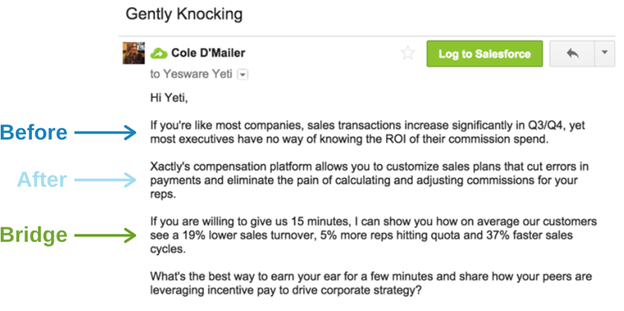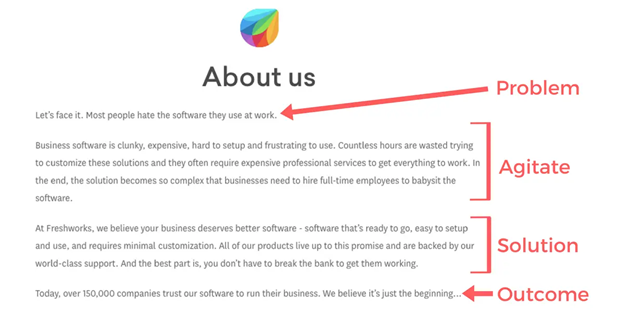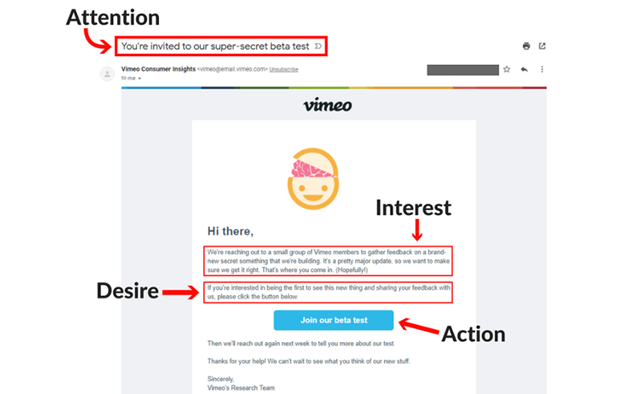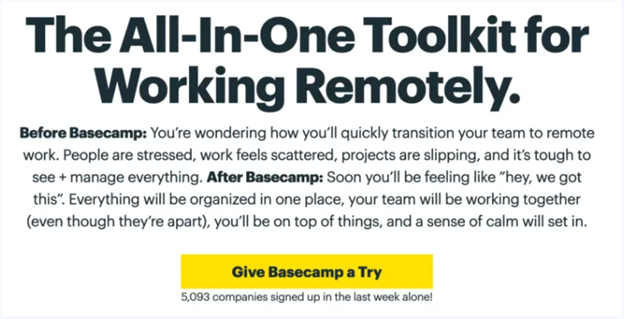Five Email Marketing Copy Formulas 2022
Email marketing is an oldie-but-goodie tool for getting the word out to customers. But in today's enormous flow of information, it's hard to cut through the noise and make your copy work. People are tired of constant calls-to-action (CTAs); they need something more interesting. Read on to learn my top 5 formulas for effective email marketing copy.
Why Email Copy Is Important
You probably already understand how important it is to attract and retain customers… but that's easier said than done. The best way to get customers on your side and keep them coming back for more is to play the world's best game of show and tell. Show off your products; tell them why they are worth buying. This is where quality, relevant content comes into play.
Content is a massive part of your relationship with your subscribers. It's not like the frosting on the cake… it's more like the flour. If you try to bake a cake without it, you're going to end up with a weird mess. But by focusing on content and offering well-crafted, relevant information, you create a process that promotes the sale of your products.
Beyond that, you need to publish content that your target audience actually wants to see. Don't clog up their inbox with junk! Email messages should provide information your recipients are interested in and that will build trust with your company. Then when it's time to buy, that company will be at the top of their list.So, when starting an email marketing campaign, pay attention to your email content. These five copywriting formulas for email, as well as a deep knowledge of trends for 2022, will help make your mailings more effective.
5 Formulas for Writing Successful Email Messages
We all crawl before we can walk — you need to start by getting a firm understanding of the basic rules of direct response copy.
1. Before — After — Bridge, (BAB)
BAB is a well-known formula in copywriting. The idea is to help people understand how your product or service can solve their problems. Here's how it works:
- Before: you have a problem.
- After: the problem is solved.
- Bridge: how you get the result.
Here's an example that shows how the BAB approach works in email marketing:

2. Problem — Agitate — Solve (PAS)
PAS is similar to BAB. You identify a problem, campaign for a solution, and offer a way out.
- Problem
- Agitate
- Solve

3. Features — Advantage — Benefits (FAB)
The main aspect of this formula is that you are selling benefits, not features. The FAB formula is based on this thought.
- Features: what makes a product.
- Advantage: why it's better than the competition.
- Benefits: what tangible or intangible benefits the consumer will get.
You can expand the benefits section by adding paragraphs explaining your offerings in detail so that the potential customer knows what to expect.
The FAB formula does three things:
- it mentions product features,
- it emphasizes benefits over similar products, and
- then it sells the benefits to the consumer.

4 Attention — Interest — Desire — Action (AIDA)
The AIDA formula is ideal for email marketing.
- Attention: grab the reader's attention.
- Interest: provide exciting and relevant information that will interest the reader.
- Desire: emphasize benefits by providing evidence.
- Action: motivate the reader to take action.
Take a look!

5. The four C's
If you want to motivate readers with a limited number of words, the four-С formula is what you need.
- Clear: A text that is clear and understandable even to a distant reader.
- Concise: a short but informative text for your mailing list.
- Compelling: examples, real-life testimonials, etc., are added to the text.
- Credible: The content of the email is supported by facts.

Writing effective copy takes years of practice and inspiration, so don't get discouraged if you're not great at it right off the bat. Strive for improvement, and start every project by considering your audience's goals. You need to understand people's motivations. Then use the data you gather to create good email copy, and perform analytics to pinpoint where you can improve next time.
So, now you have all the tools you need to create effective email copy that works in your favor. Hop to it!
 Photo by Dan-Cristian Pădureț on Unsplash
Photo by Dan-Cristian Pădureț on Unsplash

 How to resolve AdBlock issue?
How to resolve AdBlock issue? 
